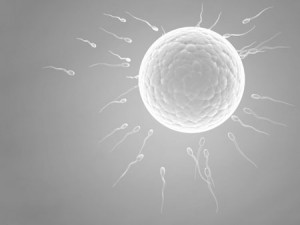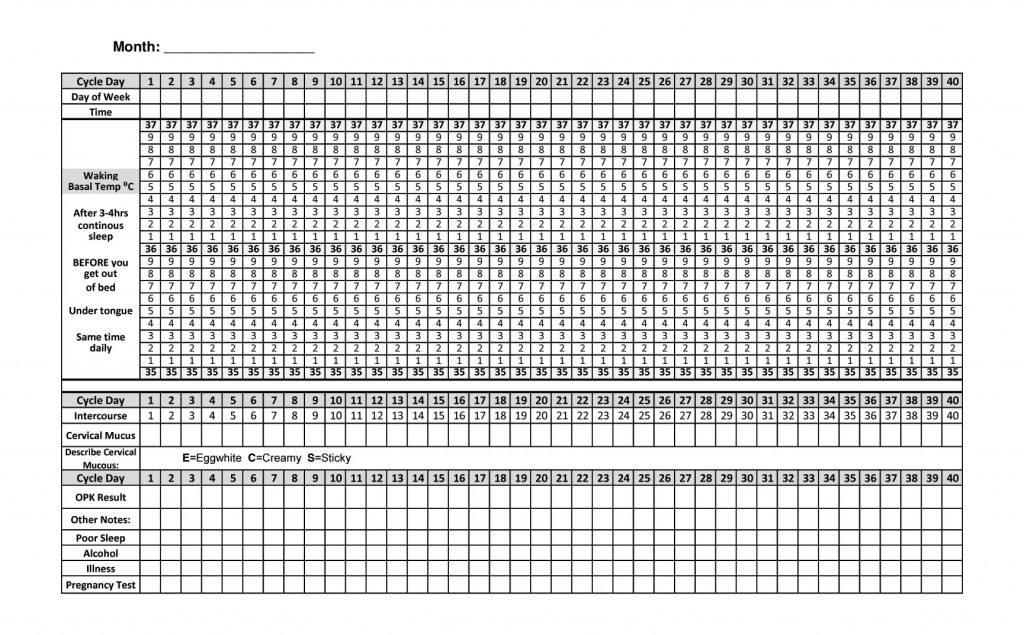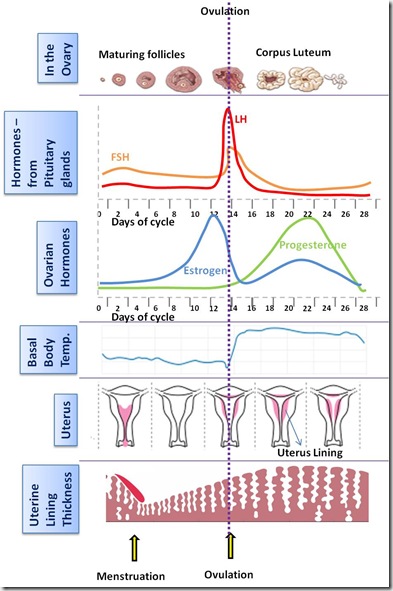
- Improving Fertility
- Natural Conception
- Assisted Reproductive Technologies (ART) including clomid/IUI/IVF/ICSI
Improving Fertility
Acupuncture and natural medicine for infertility has been shown to be effective in just about every situation. The number of scientific studies helping us to understand how this happens is rapidly growing.
- You may:
- Have just started trying to conceive
- Have been trying to conceive without any success
- Need to understand your menstrual cycle
- Need to know the best timing for intercourse
- Have a history of miscarriage
- Want to have optimal fertile health
- Want to improve your success with Assisted Reproductive Technology (ART) including clomid/IUI/IVF/ICSI
- Have a know condition that hinders your ability to conceive
- Have unexplained infertility
The physiological effects of acupuncture last for approximately 3-4 days (up to a week if you’re lucky!) so it is generally recommended to have weekly (bi-weekly where required) treatments to monitor your progress and make adjustments along the way as changes occur. Based on medical research, the timing of when to have appointments is more critical during ART (IUI/IVF/ICSI) procedures.
Assisted Reproductive Technologies (ART) including clomid/IUI/IVF/ICSI
Weekly or bi-weekly treatments are ideal during ART fresh and frozen cycles to help balance your physical and emotional state. Acupuncture can help to reduce stress associated with ART and combat any unpleasant and common side effects of fertility medications including mood changes (frustration/agitation/sadness), headaches, nausea, insomnia, hot flushes, bloating and lethargy/fatigue.
Based on clinical studies that have shown acupuncture to increase pregnancy and live birth rates, the following times for an acupuncture session are considered critical and strongly recommended:
- 1-2 days prior to egg pick up/ retrieval
- 1 day prior to or day of sperm collection
- 1 day prior to embryo transfer or IUI
- Immediately after embryo transfer (not required for IUI)
- Once or twice weekly while waiting for results (during the two week wait)
Even though the woman plays a major role in providing a suitable environment for conception and implantation, it is also estimated that 36% of infertility cases requiring ART include a male factor. Treatment of both male and female partners ensures eggs and sperm are strong and in optimal condition to be capable of fertilization and development of an embryo.
Acupuncture and ART (IUI, IVF, ICSI)
When acupuncture is combined with ART including IVF(ICSI) it has shown to (approximately) double the rates of pregnancy and live births. In 2008 a systemic review and meta-analysis published in the British Medical Journal, assessed seven clinical trials covering 1,366 women using acupuncture while undergoing IVF treatment and saw a 65% improvement in pregnancy rates. It also appears that women over 35yrs and couples with previous implantation failure respond best to acupuncture during ART cycles. Acupuncture used in conjunction with ART can increase male fertilisation rates by 16-26%.
Patients receiving acupuncture treatment also report a sense of wellbeing and relaxation compared to those who do not receive treatment, who generally feel emotionally stressed and fatigued.
BMJ. 2008 Mar 8;336(7643):545-9
Fertil Steril. 2012 Mar;97(3):599-611
Acupunct Med. 2013 Jun;31(2):157-61
Fertil Steril. 2006 May;85(5):1347-51
Fertil Steril. 2002 Apr;77(4):721-4
J Huazhong Univ Sci Technolog Med Sci. 2002;22(3):228-30
J Altern Complement Med. 2011 Oct;17(10):923-30
Acupuncture before and after transfer significantly improved clinical and ongoing pregnancies and was particularly effective for women 35yrs or older.
Fertil Steril. 2011 Oct;96(4):912-6
Fertil Steril. 2006 May;85(5):1341-6
Fertil Steril. 2002 Apr;77(4):721-4
When acupuncture was combined with Sildenafil (Viagra) as an IVF medication, the thickness of the endometrial lining was improved by at least 10mm. A healthy endometrium is most important for implantation of the embryo.
A Pilot Study Evaluating the Combination of Acupuncture with Sildenafil on Endometrial Thickness. Yu W et.al. Fertility and Sterility. 2007 Apr;(87)4 S2:S23
Acupuncture provides beneficial regulation of cortisol and prolactin during the medication phase of IVF treatment with a trend toward more normal fertile cycle dynamics. Poor responders to IVF medication (elevated Peak FSH, longer history of infertility, poor sperm morphology) were able to achieve similar pregnancy rates to normal prognosis patients (supplementary data, Supplement 3:S20).
Fertil Steril. 2009 Dec;92(6):1870-9
Acupuncture treatment correlated with less stress both before and after embryo transfer, and improved pregnancy rates by 22% (64.7% compared to non treated controls 42.5%). Those with decreased perceived stress scores compared to baseline had higher pregnancy rates than those who did not have reduced stress, regardless of acupuncture status.
Complement Ther Clin Pract. 2010 Aug;16(3):154-7
Back to top of Assisted Reproductive Technologies (ART) including clomid/IUI/IVF/ICSI section
ART in Australia
A report from the Australian Institute of Health and Welfare containing statistics for ART treatment cycles in Australia for 2010 is summarized below. The relatively low success rates highlight the importance of maximizing your odds of achieving a full term pregnancy and live birth. Acupuncture, yoga and natural medicine can assist in this area as outlined below.
- 56,489 ART treatment cycles were conducted, equivalent of 12 cycles per 1,000 women of reproductive age (15-44yrs)
- 21% of ART cycles resulted in a clinical pregnancy and 16% went on to a live delivery
- The average age of women using ART was 38yrs
- 39% resulted from female only factor infertility
- 22% of cases were due to male factor only infertility
- 14% had combined male & female infertility factors
- 25% were unexplained infertility
- Cycles with only male factor infertility had higher rates of clinic pregnancy and live delivery (13% higher) than cycles involving female factor only infertility
- The rate of live deliveries from thawed cycles was comparable to that of fresh cycles, 16.7% vs 17.02% respectively.
Australian Institute of Health and Welfare (link opens in new window)
Back to top of Assisted Reproductive Technologies (ART) including clomid/IUI/IVF/ICSI section
Natural Conception
For a healthy couple under 35yrs of age with no known condition affecting fertility, the likelihood of conception in any given month is only 20-25%, which may surprise most people. The optimal time for intercourse is up to 3 days prior to ovulation and 24hrs post ovulation, so being accurate is critical. There are a few techniques we can help you to master that will predict the best time for intercourse to maximize your chances of conceiving.
- Acupuncture increases blood flow to the uterus and ovaries
- Basal Body Temperature (BBT) Charting
- Cervical Mucous
- Ovulation Predictor Kits (OPKs)
Acupuncture increases blood flow to the uterus and ovaries
Studies have shown that reduced blood flow in the uterine arteries is associated with a reduced pregnancy rate following IVF-embryo transfer. Two separate studies have shown that after 4-8 acupuncture treatments, blood flow to the uterus was markedly increased. A group of IVF clinics in California has shown that using this acupuncture protocol to increase blood flow to the uterus and acupuncture on the day of IVF-embryo transfer, significantly improved pregnancy rates. Acupuncture can also increase ovarian blood flow initiated by the ovarian sympathetic nerve pathway in a rat animal model. Due to similarities in internal anatomy and physiology, increased ovarian blood flow following acupuncture can be expected for humans.
Hum Reprod. 1996 Jun;11(6):1314-7
J Appl Physiol. 2006 Jul;101(1):84-91
Back to top of Natural Conception section
Basal Body Temperature (BBT) Charting
Monitoring your BBT is a very useful tool to understanding your cycle and many different aspects of hormone balance and fertility. The levels and pattern of many fertility hormones (LH, FSH, estrogen, progesterone) during a normal 28 day cycle has been well studied and correlates to BBT. So charting your BBT not only provides information about your internal temperature (important for egg and sperm survival) but can also indicate whether hormones essential for fertility are at expected levels. TCM treatments aim to adjust imbalances to correct your cycle to a normal pattern, to improve your chances of conceiving. The profile, range of temperature and changes in temperature from a BBT chart can identify and provide information about the following aspects of your cycle:
- Regularity/irregularity (overall length of cycle)
- The follicular phase (first half) when development and maturation of follicles occurs and estrogen is at its highest, temperatures are generally around low 36°C range
- Ovulation, usually occurring midway through the cycle, often seen by an initial drop in temperature just prior to ovulation, followed by a 0.4-1°C spike over 1-3 days
- Luteal phase (second half) when the egg is released from the follicle and travels down the fallopian tube, ready for fertilization. Progesterone dominates this phase and maintains an elevated BBT (around 37°C)
- Possible luteal phase defect (short luteal phase) from low progesterone, accompanied by low luteal phase temperatures ie. low 36°C range
- Possible implantation – not always present (dip in temperature 7-10 days post ovulation, followed by a return to elevated temperatures)
- Pregnancy when temperatures remain elevated at the end of cycle
- Onset of menstruation when temperatures decline at the end of cycle
- Emotional disturbances/imbalance (unstable temperature pattern, ‘sawtooth’)
Download Basal Body Temperature (BBT) chart for printing (PDF format – requires Adobe Reader or compatible PDF viewer)
Back to top of Natural Conception section
Cervical Mucous
Many women do not pay too much attention to the qualities of cervical mucous (CM) or vaginal discharge. However the presence or absence of CM, its consistency, colour and time during menstrual cycle can provide valuable information about internal function. When used in conjunction with BBT charting and ovulation predictor kits (OPKs) a clearer picture should develop of your menstrual cycle and hormone regulation, to help predict the best time for intercourse to maximize your chances of conceiving.
CM is very important to fertility as it protects sperm by providing nutrients, neutralizes acidity of the vagina and cervix, and guides sperm to the uterus. Without CM the sperm will not survive, therefore fertilization cannot occur.
After the period and ovulation CM is generally thick and tacky to act as a natural barrier to sperm. During the most fertile phase around ovulation, the CM changes to become sticky, slippery and elastic (when stretched between thumb and index finger), opaque or translucent and the consistency of raw egg white, which is why it is often referred to as egg white CM (EWCM). The function of the EWCM is to form ‘swimming lanes’ inside the vagina to direct and aid the movement of sperm toward the cervix for fertilisation.
Factors like the presence of sperm, vaginal infections, cysts and drugs (including some for epilepsy or depression, antihistamines, cold medications and clomid – used for fertility) can affect mucus production or in the case of sperm, mask the presence of mucus. Keeping track of any illness, medication and frequency of intercourse on your BBT chart will help you to keep accurate records regarding your CM and fertility.
Back to top of Natural Conception section
Ovulation Predictor Kits (OPKs)
OPKs are relatively inexpensive and easy to use kits readily available from pharmacy stores. An OPK detects the surge of luteinising hormone (in urine) that initiates ovulation. A positive result means there is a 24-36hr before ovulation will commence. Intercourse can then be timed prior to ovulation so that sperm can be present in the uterus or fallopian tube, ready to meet the egg following its release from the ovary. A smaller 24hr window of opportunity is available after ovulation, however it is most effective/easier to plan to have intercourse prior to ovulation, as sperm can survive in the vagina for up to 3 days. OPKs that use saliva are another alternative but can be a little more difficult to decipher. The best time to start using OPKs is based on your previous cycles, but for a 28 day cycle it is usually around day 10.
Back to top of Natural Conception section


